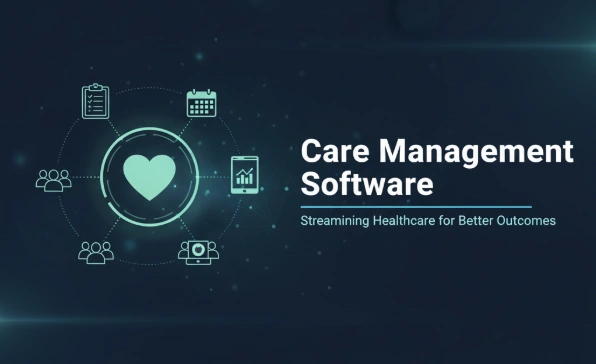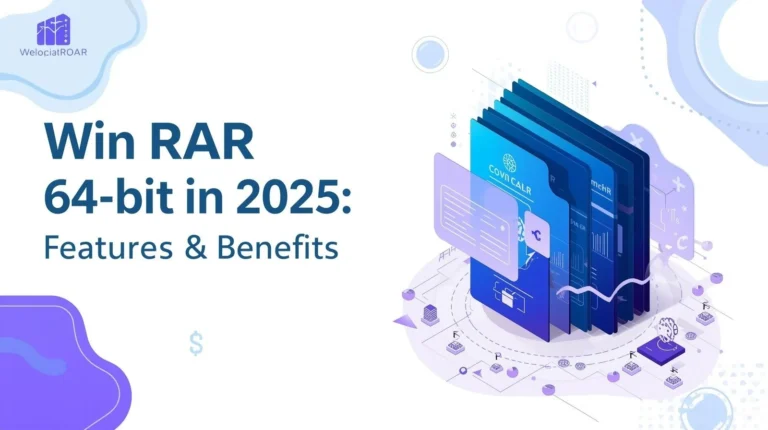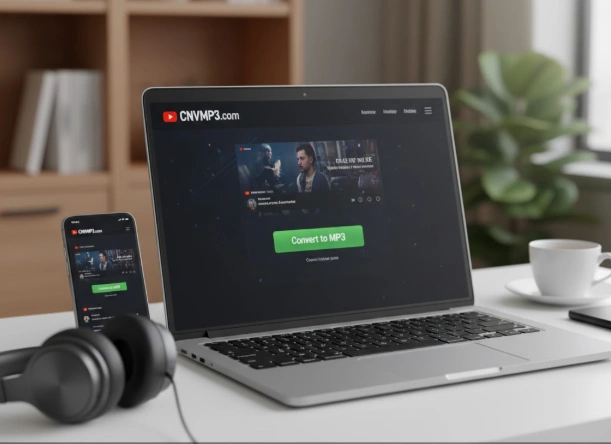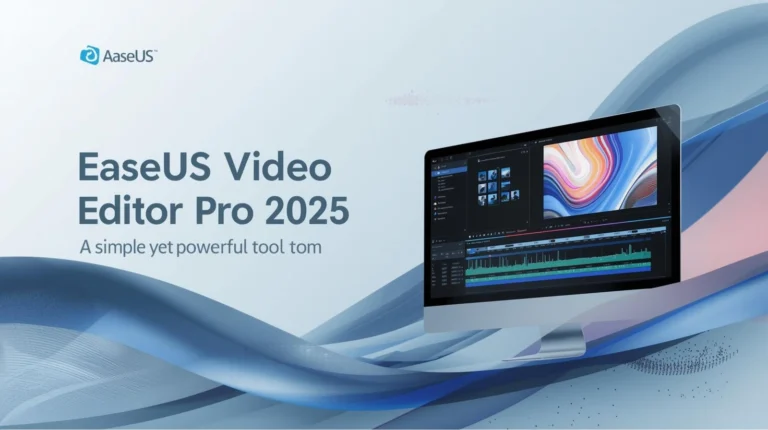Is Your Care Management Software Helping—or Hurting—Your Team?
In healthcare, technology should be the wind at your back—not the weight on your shoulders. That’s why so many organizations rely on care management software to coordinate teams, streamline workflows, and keep patients at the center of every decision. But here’s the uncomfortable truth: not every platform delivers on those promises. Some even slow you down. If your staff dreads logging in, or if your system feels like it was built for another decade, it might be time to ask: Is your care management software actually working for you—or against you?
When Software Stands in the Way
Sticking with a system that no longer fits isn’t just frustrating—it’s costly. And not just financially. Let’s break down what outdated care management software can do to your organization.
1. Operational Slowdowns
The whole point of software is to simplify processes. Yet many legacy systems create more work than they save.
- Data duplication: If your platform doesn’t integrate smoothly with your EHR, billing, or labs, staff end up manually re-entering the same information again and again. It wastes time and increases the risk of mistakes.
- Clunky workflows: Instead of guiding staff through a logical process, outdated software forces them through unnecessary clicks, confusing menus, and rigid templates that don’t match how they actually work.
2. Risks to Patient Care
The biggest danger of an outdated system? It can compromise outcomes.
- Incomplete patient picture: If your software can’t pull data from all sources—EHRs, pharmacies, wearables—you’re treating patients with only part of the story.
- Poor communication: Care is a team sport. But if updates are buried or data doesn’t flow, doctors, nurses, and coordinators aren’t on the same page, leading to delays and missed opportunities.
3. Staff Frustration and Burnout
Healthcare workers already have enough on their plates. Software should ease the burden, not add to it.
- Admin overload: Hard-to-use platforms keep staff tied up in documentation instead of with patients.
- Low morale: When every interaction with the system is a struggle, enthusiasm for new initiatives drops. Over time, this feeds burnout and turnover.
4. Missed Financial and Strategic Opportunities
In a value-based care environment, efficiency and outcomes are tied directly to revenue.
- Limited growth: If scaling to new patients or programs is a logistical nightmare, your ability to expand is capped.
- Weak analytics: Without accurate, real-time data, it’s tough to succeed in value-based contracts—or even prove success when you have it.
Signs Your Care Management Software Is Outdated
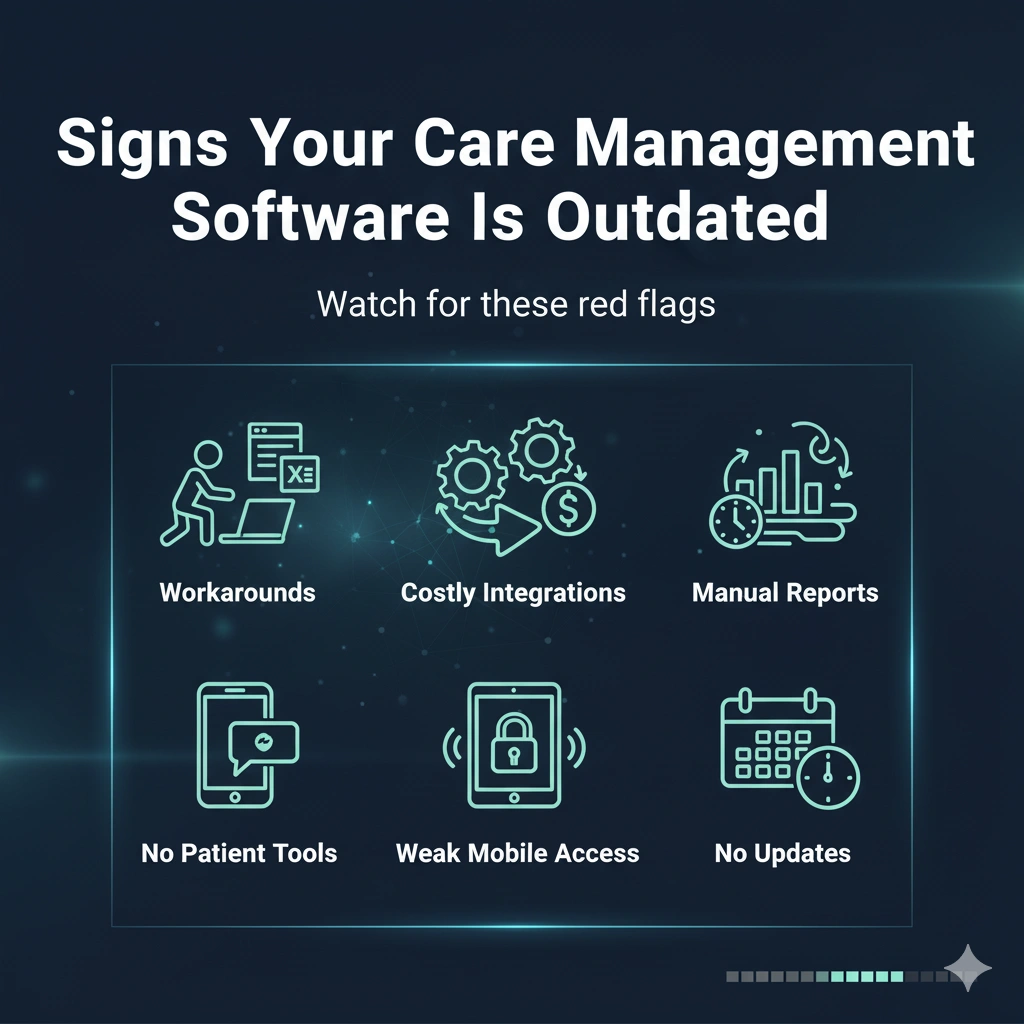
Wondering if your system is the problem? Watch for these red flags:
- Staff using “workarounds” like Excel or sticky notes.
- Integration projects that are expensive and drawn out.
- Reports that require hours of manual formatting instead of one-click dashboards.
- No patient-facing tools like portals or messaging apps.
- Weak or nonexistent mobile access for field staff.
- A vendor that hasn’t released meaningful updates in years.
If any of these sound familiar, your software may be holding you back more than you realize.
What to Look for in Modern Care Management Software
Breaking free starts with choosing a platform that’s built for today’s—and tomorrow’s—healthcare challenges. Here’s what matters most:
- Seamless integration: Look for interoperability standards like FHIR to ensure data flows across systems.
- User-friendly design: A clean, intuitive interface keeps training short and adoption high.
- Powerful analytics: Beyond reports, you need predictive insights that highlight patients at risk and measure outcomes in real time.
- Patient engagement tools: Secure messaging, care plan access, and apps keep patients connected between visits.
- Scalability: Your platform should grow with you—whether adding new programs, staff, or entire service lines.
- Vendor innovation: Choose a partner with a track record of consistent updates and a roadmap that aligns with where healthcare is heading.
Making the Transition Smooth
Switching platforms is a big move, but the payoff is worth it. A few best practices:
- Include frontline staff early. Nurses, care managers, and physicians should help shape the decision.
- Plan for data migration. Clean, accurate historical data is essential for continuity of care.
- Train thoroughly. Role-based training and ongoing support help ease adoption.
- Pilot before full rollout. Start small, prove success, and expand with confidence.
Conclusion
Your mission is clear: deliver safe, coordinated, high-quality care. If your care management software is adding obstacles instead of removing them, it’s time to rethink your tools. The right platform won’t just check boxes—it will empower your staff, strengthen patient relationships, and unlock growth opportunities. Technology should never hold you back. It should push you forward.
FAQs
Q1. What is care management software?
Care management software is a digital platform that helps healthcare teams coordinate patient care, streamline workflows, and track outcomes efficiently.
Q2. How do I know if my care management software is outdated?
Signs include staff using workarounds like spreadsheets, poor system integrations, limited reporting, lack of mobile tools, and no patient engagement features.
Q3. Why is outdated care management software a problem?
It slows workflows, increases staff burnout, creates incomplete patient records, risks medical errors, and can limit both growth and financial performance.
Q4. What should I look for in modern care management software?
Key features include seamless EHR integration, predictive analytics, intuitive design, patient engagement tools, mobile access, and scalability.
Q5. How can upgrading care management software improve patient care?
A modern system provides a complete patient view, improves communication among care teams, reduces admin work, and helps deliver faster, safer, and more personalized care.

